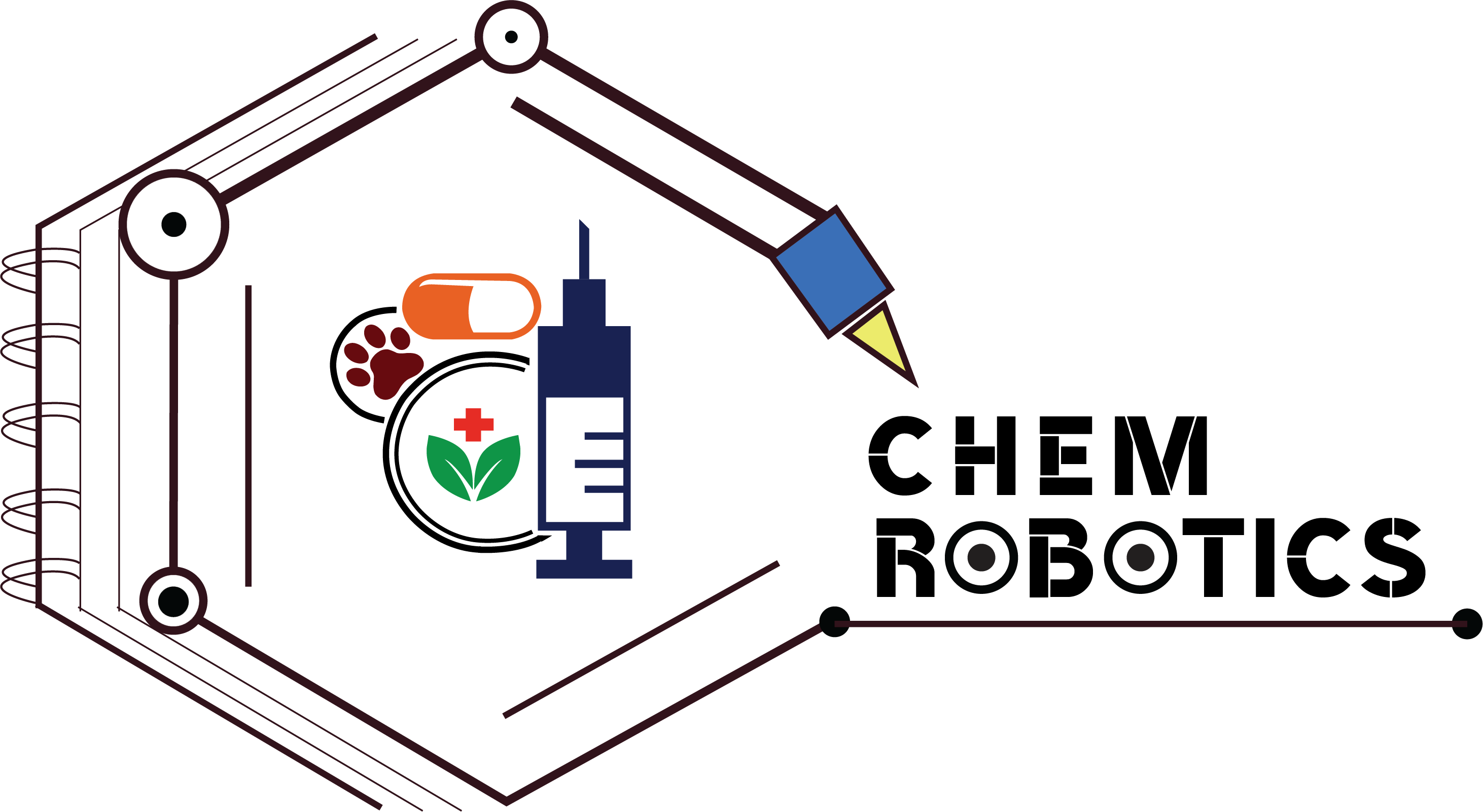
Black Nightshade Shrub
A research project conducted by the Rajiv Gandhi Centre for Biotechnology (RGCB) here has found that the berry-bearing black nightshade shrub could be effective for treating the liver cancer. The autonomous institute under the Centre’s Department of Biotechnology on Wednesday said that Uttroside-B isolated from this plant as part of its path-breaking research programme has received orphan drug designation from the FDA of the United States.
“The berry-bearing black nightshade shrub is proving to possess the potency to treat liver cancer, as the compound, Uttroside-B isolated from this plant as part of the path-breaking research programme of the Rajiv Gandhi Centre for Biotechnology (RGCB) here, received orphan drug designation from the FDA of the United States”, it said in a statement.
A team of scientists who carried out research in the institute said the leaves of “Manathakkali”, which is a perennial shrub (Solanum nigrum)found in the backyards of houses and along roadsides of Kerala, have immense properties to protect the human body’s largest internal organ from uncontrollable cell growth.
Orphan Drug designation supports development and evaluation of new treatments for rare diseases and allows fast track approval of the drug. The technology patented by Dr Ruby John Anto, a senior scientist at RGCB, and her student, Dr Lekshmi R Nath, has been bought by the US pharma company QBioMed. The technology transfer was done through Oklahoma Medical Research Foundation (OMRF). Dr Ruby and Dr Lekshmi isolated the drug molecule, Uttroside-B, from the leaves of the Manathakkali plant.
RGCB Director, Dr Chandrabhas Narayana said the research will prove to be a major breakthrough in treatment of liver diseases, including liver cancer. The first milestone payment from QBioMed has already been received. “The findings are path-breaking, given that the liver which primarily detoxifies food while aiding digestion is found to be increasingly susceptible to cancer in modern times. The malignant disease of the bile-producing organ is estimated to kill no less than 800,000 people annually even as 900,000 new cases are reported every year,” he said.
Recent results from Dr Ruby’s lab indicate that Chloroquine phosphate, a drug already being used in the clinics against malaria, if repurposed and used in a combinatorial regimen with Uttroside-B can tremendously improve the therapeutic efficacy of Uttroside-B against liver cancer. The technology has been granted patent by the US, Canada, Japan and South Korea. The research work was published in the Nature group of Journal, ‘Scientific Reports’.
Black nightshade
Black nightshade is a plant. Originally, black nightshade was called “petit (small) morel” to distinguish it from the more poisonous species, deadly nightshade, that is known as “great morel. “People use the whole black nightshade plant including leaves, fruit, and root to make medicine.
Solanum nigrum, the European black nightshade or simply black nightshade or blackberry nightshade, is a species of flowering plant in the genus Solanum, native to Eurasia and introduced in the Americas, Australasia, and South Africa. Ripe berries and cooked leaves of edible strains are used as food in some locales, and plant parts are used as a traditional medicine. In South Africa made into a jam called “Nastergal Konfyt”. A tendency exists in literature to incorrectly refer to many of the other “black nightshade” species as “Solanum nigrum”.
Solanum nigrum has been recorded from deposits of the Paleolithic and Mesolithic era of ancient Britain and it is suggested by the botanist and ecologist Edward Salisbury that it was part of the native flora there before Neolithic agriculture emerged. The species was mentioned by Pliny the Elder in the first century AD and by the great herbalists, including Dioscorides. In 1753, Carl Linnaeus described six varieties of Solanum nigrum in Species Plantarum.
Description
Black nightshade is a common herb or short-lived perennial shrub, found in many wooded areas, as well as disturbed habitats. It reaches a height of 30 to 120 cm (12 to 47 in), leaves 4.0 to 7.5 cm (1.6 to 3.0 in) long and 2 to 5 cm (1 to 2 in) wide; ovate to heart-shaped, with wavy or large-toothed edges; both surfaces hairy or hairless; petiole 1 to 3 cm (0.5 to 1 in) long with a winged upper portion. The flowers have petals greenish to whitish, recurved when aged and surround prominent bright yellow anthers. The berry is mostly 6 to 8 mm (0.24 to 0.31 in) in diam., dull black or purple-black. In India, another strain is found with berries that turn red when ripe.
Sometimes S. nigrum is confused for the more toxic deadly nightshade (Atropa belladonna), which is in a different genus within Solanaceae. A comparison of the fruit shows that the black nightshade berries grow in bunches, whereas the deadly nightshade berries grow individually. Another distinction is black nightshade flowers have white petals.
Growth habit
The suited soil pH value of black nightshade is between 5.5 and 6.5. It is rich in organic matter, water and fertility on the strong soil growth, in the lack of organic matter, poor ventilation clay, its roots will be stunted, plant growth is weak, commodity is poor. It is difficult to grow under the condition of high temperature and high humidity, the plant grows slowly, the tender shoot is easy to aging fiber, and the commodity is poor.

